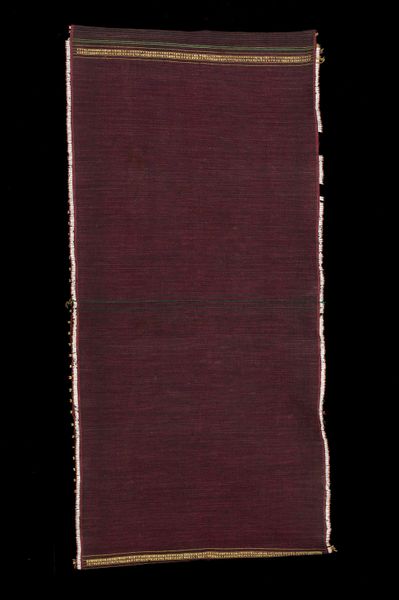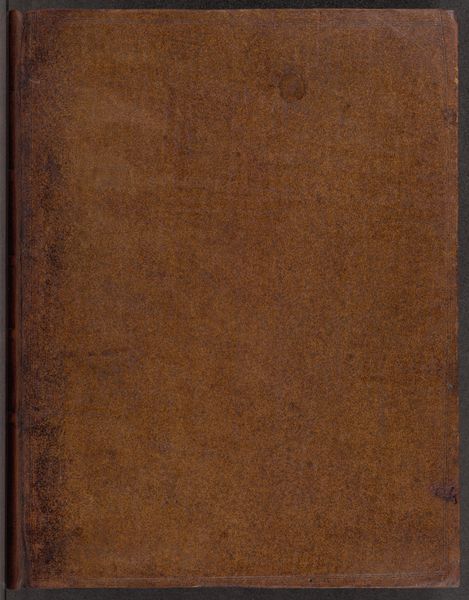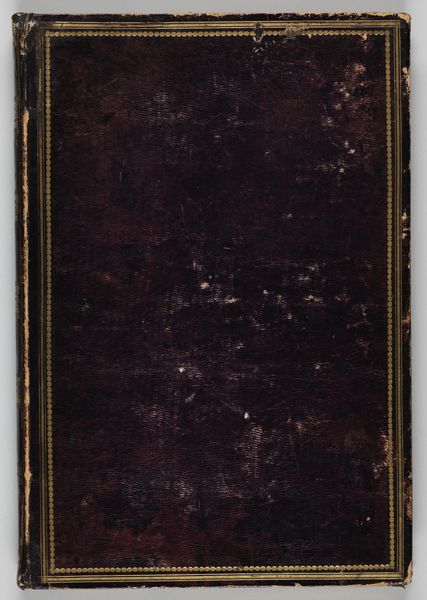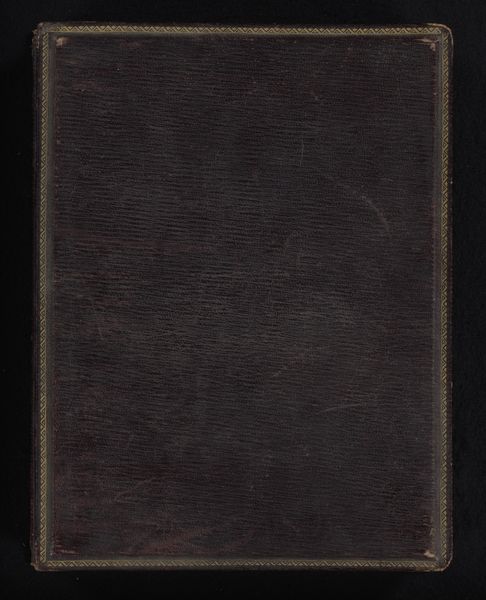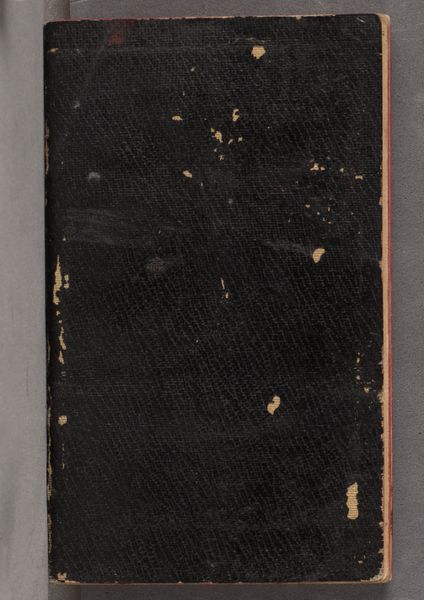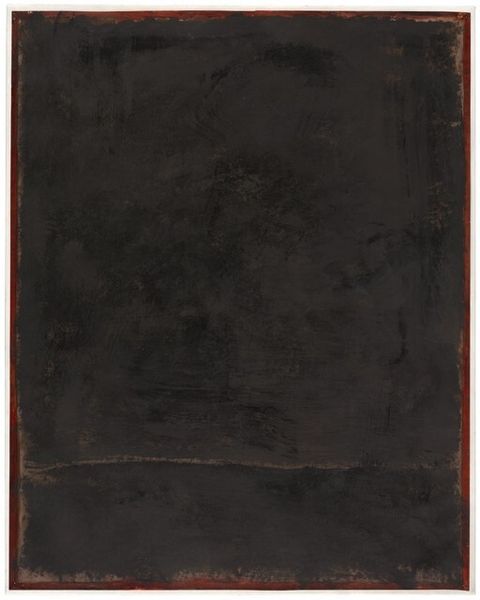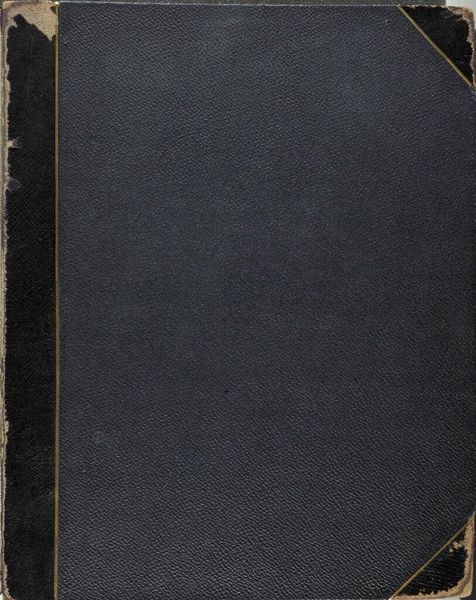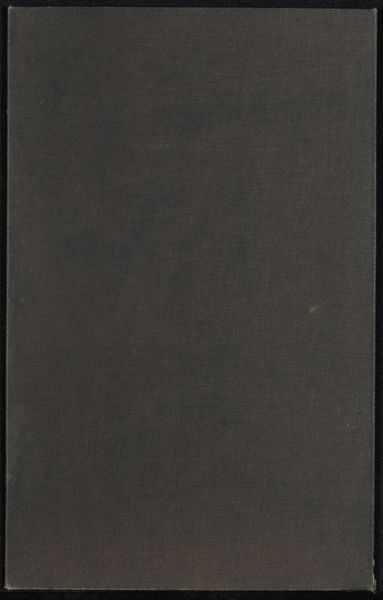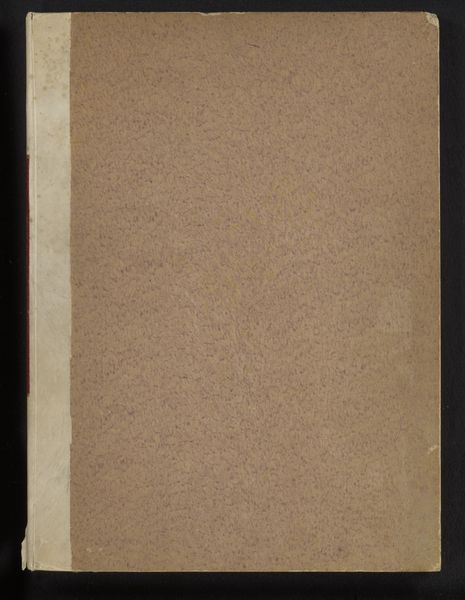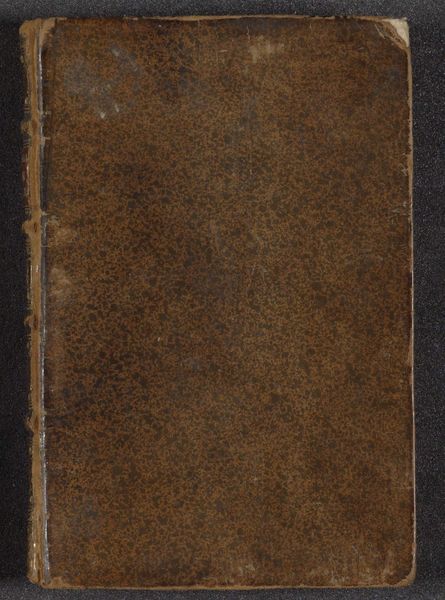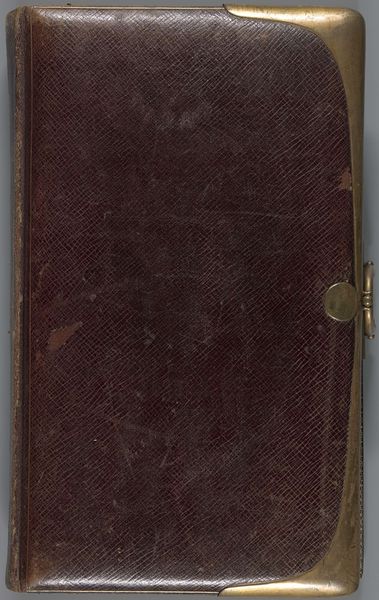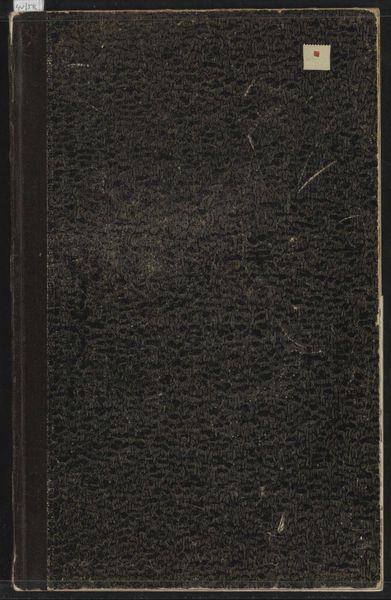
weaving, textile, cotton
#
weaving
#
textile
#
geometric pattern
#
geometric
#
cotton
Dimensions: 9 5/16 x 30 11/16 in. (23.65 x 77.95 cm) (including beads)
Copyright: Public Domain
Editor: Here we have a Woman's skirt from around the 20th century, woven from cotton. The dark, simple fabric contrasted with the bright, geometric pattern at the hem feels very grounded. How might we interpret this piece in its historical context? Curator: Well, let’s consider that this isn't just any skirt, but an example of weaving and textile production embedded within a specific cultural context. It prompts the question: What role did clothing, and specifically textiles with geometric patterns, play in the society that produced this skirt? Was it for everyday wear, ceremonial use, or something else? Editor: That makes me wonder about the communities who wove these. Was this a common practice? Curator: Absolutely! The production and use of textiles often represents a crucial cultural narrative. These were woven into complex systems of social status and even trade networks. Consider who had access to the cotton, the dyes, and the weaving techniques required to create this piece. Knowing who was involved in its creation reveals a great deal. Editor: It seems like more than just something to wear; it's tied to a specific social and cultural history. Do we know which community made it? Curator: The Mia doesn't provide those details here, sadly. But seeing geometric designs gives it away! To know more would completely change the discussion. The choice of geometric patterns here can provide insights. Think about why they may have selected them and their potential cultural significance. What statements might the weaver, or the wearer, be making through these design choices? Editor: That's incredible. So, looking at the clothes tells the story! I hadn't thought about clothing in that way before – a sort of public declaration through design. Curator: Precisely! And remember that the way an object is displayed and interpreted in a museum contributes to this evolving story. Museum settings and the scholarship surrounding them shape our understanding of objects and cultures. Editor: Thanks, that opens up so many different viewpoints of interpretation to appreciate! Curator: My pleasure! It's vital to always question what stories we prioritize in museums and whose voices we elevate.
Comments
No comments
Be the first to comment and join the conversation on the ultimate creative platform.
